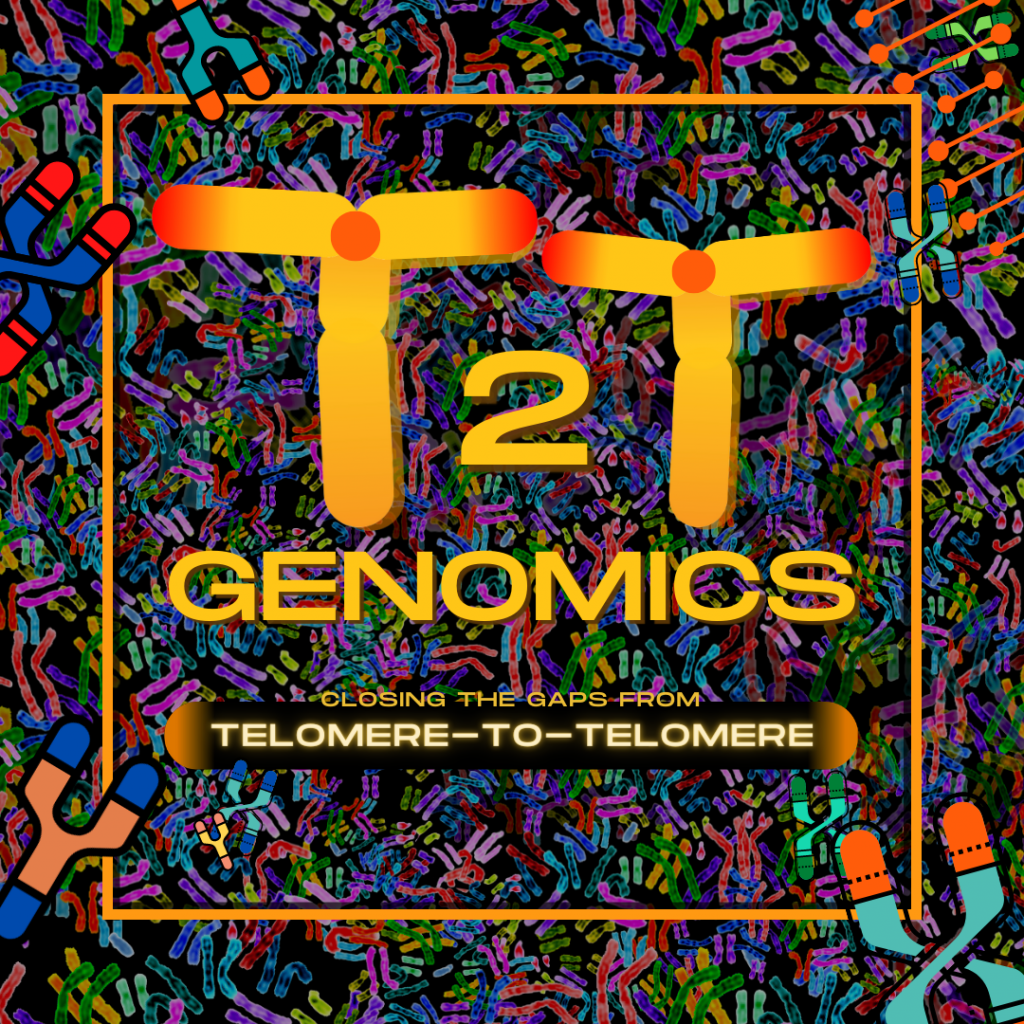Announcing the GigaScience T2T Series: Closing the Gaps from Telomere-to-Telomere

Series Editors: Jue Ruan (Agricultural Genomics Institute at Shenzhen, Chinese Academy of Agricultural Sciences) and Fritz J Sedlazeck (Human Genome Sequencing Center, Baylor College of Medicine)
While the first draft of the Human Genome was announced back in June 2000 and declared complete in April 2003, it took 20 years for the publication of the first complete, gapless sequence of a human genome in March 2022. The work was done by the Telomere to Telomere (T2T) consortium, which was a years-long global collaboration led by geneticists at UC Santa Cruz, University of Washington, and the National Institutes of Health. This T2T approach has now rolled out to other species’ genomes, and has become a bit of a badge for a certain level of quality that enables new understanding of biology and improvements in genome annotation. At GigaScience we’ve already seen fully-resolved genomes coming in, for example that of the protozoal agent Cryptosporidium parvum; however, given the current uncertainty within the broader community on what constitutes a “true” T2T sequence, completely defined standards remain unclear.
With the interest in this new level of genome sequence, the data and tools, and the evolving nature of accepted cutoffs, GigaScience is pleased to announce a new thematic series. This series is focused on T2T papers to provide a home for these discussions, updated datasets, including new technologies and methods that have driven this new standard in genomics.
Working on the definition of what T2T standards are (and to aid potential submitters on what is suitable for submission), our Guest Editors Jue Ruan and Fritz J Sedlazeck both have hands-on involvement in this rapidly moving field and have helped draw up guidelines of what can be called a T2T genome and considered for the series. Feeling these should be gap-free assemblies (although a few gaps can potentially be allowed, especially in rRNA regions and sex chromosomes), have very high Q and BUSCO scores, and with minimal structural artefacts (in the raw data vs assembly). Nevertheless, in such a rapidly moving area of research especially across multiple phylums these requirements need some adaptations depending on ploidy, repetitiveness and other factors given a . particularly complicated or insightful findings.
On top of defining thresholds the Guest Editors have interesting frontline insight in the field as a whole, and there is a lot that can potentially be discussed and shared. There is much biological information to be gleaned from newly resolved regions, annotations/genes, etc. As Dr. Sedlazeck highlighted “The access in these novel regions will enable new insights for biology and evolution, but demand novel analytical approaches”. Exploratory articles highlighting the importance of these new regions or improving the annotations are particularly encouraged, especially as the latter is still a huge pain point.
Please contact us if you have work of interest you would like to discuss, or you can submit through our submission and make a note of this series in the covering letter.
Further Reading:
Nurk S, et al. The complete sequence of a human genome. Science. 2022 Apr;376(6588):44-53. doi: 10.1126/science.abj6987.
Menon VK, et al. Fully resolved assembly of Cryptosporidium parvum. Gigascience. 2022 Feb 15;11:giac010. https://doi.org/10.1093/gigascience/giac010